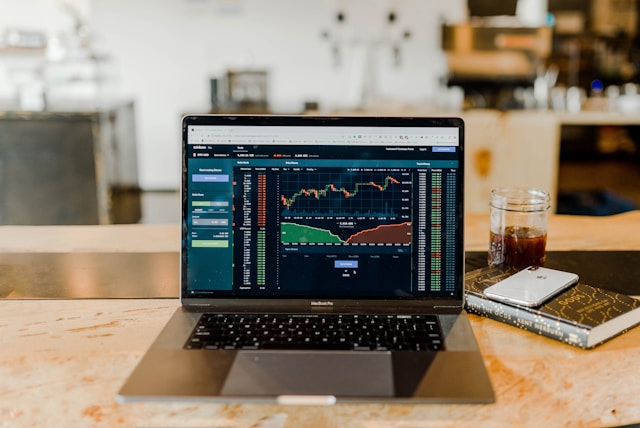Investing in precious metals is a good move for diversifying their portfolios and hedging against economic uncertainty. These valuable assets, including gold, silver, platinum, and palladium, offer stability and a haven during turbulent times. Understanding the best time to invest in these assets can significantly impact your returns.
Understanding Market Cycles
Market cycles are crucial in determining the right time to invest in precious metals. Typically, the prices of these assets move in cycles that are influenced by various economic factors. During periods of economic instability, such as recessions or geopolitical tensions, the value of precious metals often rises as investors seek safe havens.
Seasonal Trends
Another aspect to consider is the seasonal trends that affect precious metal prices. Historical data shows that these assets often experience price fluctuations based on the time of year. For instance, gold prices tend to rise during the wedding season and ahead of New Year, driven by increased demand for jewelry. Being aware of these trends can help you make more informed investment decisions.
Monthly and Quarterly Patterns
Certain months and quarters have consistently shown to be better for investing in precious metals. For example, September has historically been a strong month for gold prices due to increased jewelry purchases and central bank buying. Understanding these patterns allows investors to capitalize on seasonal price movements.
Diversification Benefits
Investing in precious metals offers diversification benefits that can protect your portfolio from volatility in other asset classes. This is why investing in precious metals is a strategic move for long-term financial security. Unlike stocks or bonds, the prices of precious metals are not directly correlated with the performance of the financial markets. This inverse relationship means that when stocks and bonds perform poorly, precious metals often perform well, counterbalancing your portfolio.
Risk Mitigation
Precious metals hedge against systemic risks, including financial crises, currency devaluation, and political instability. By allocating a portion of your portfolio to these assets, you can mitigate risks and reduce the volatility of your investments.

Long-Term Investment Strategy
A long-term investment strategy is crucial when it comes to precious metals. Unlike short-term trading, which focuses on quick gains, a long-term approach considers the intrinsic value and stability of these assets. Holding precious metals over an extended period allows you to benefit from their appreciation in value and their role as a store of wealth.
Technical Analysis
Utilizing technical analysis can also help determine the optimal time to invest in precious metals. Analyzing historical price charts, identifying support and resistance levels, and observing trading volumes can provide a clear picture of market trends and entry points.
The Role of Central Banks
Central banks play a significant role in the precious metals market. Their buying and selling activities can influence prices significantly. When central banks increase their gold reserves, it often signals a strong demand for precious metals, which can drive prices up. Conversely, when they offload large quantities, it can lead to a price decline. Keeping track of central bank policies and activities can give you an edge in timing your investments.
Global Economic Policies
Global economic policies, including monetary policies and trade agreements, also impact prices. Policies that lead to currency devaluation or trade uncertainties can increase the demand for these assets. Knowing these policies and their potential impact can help you make more informed investment decisions.
Conclusion
Investing in precious metals requires a well-thought-out strategy and a deep understanding of diverse factors influencing their prices. By considering market cycles, seasonal trends, diversification benefits, and global economic indicators, you can decide when to invest. Remember, while timing the market can be challenging, an approach and a long-term investment strategy can maximize your returns and help achieve financial security.












Leave a Reply